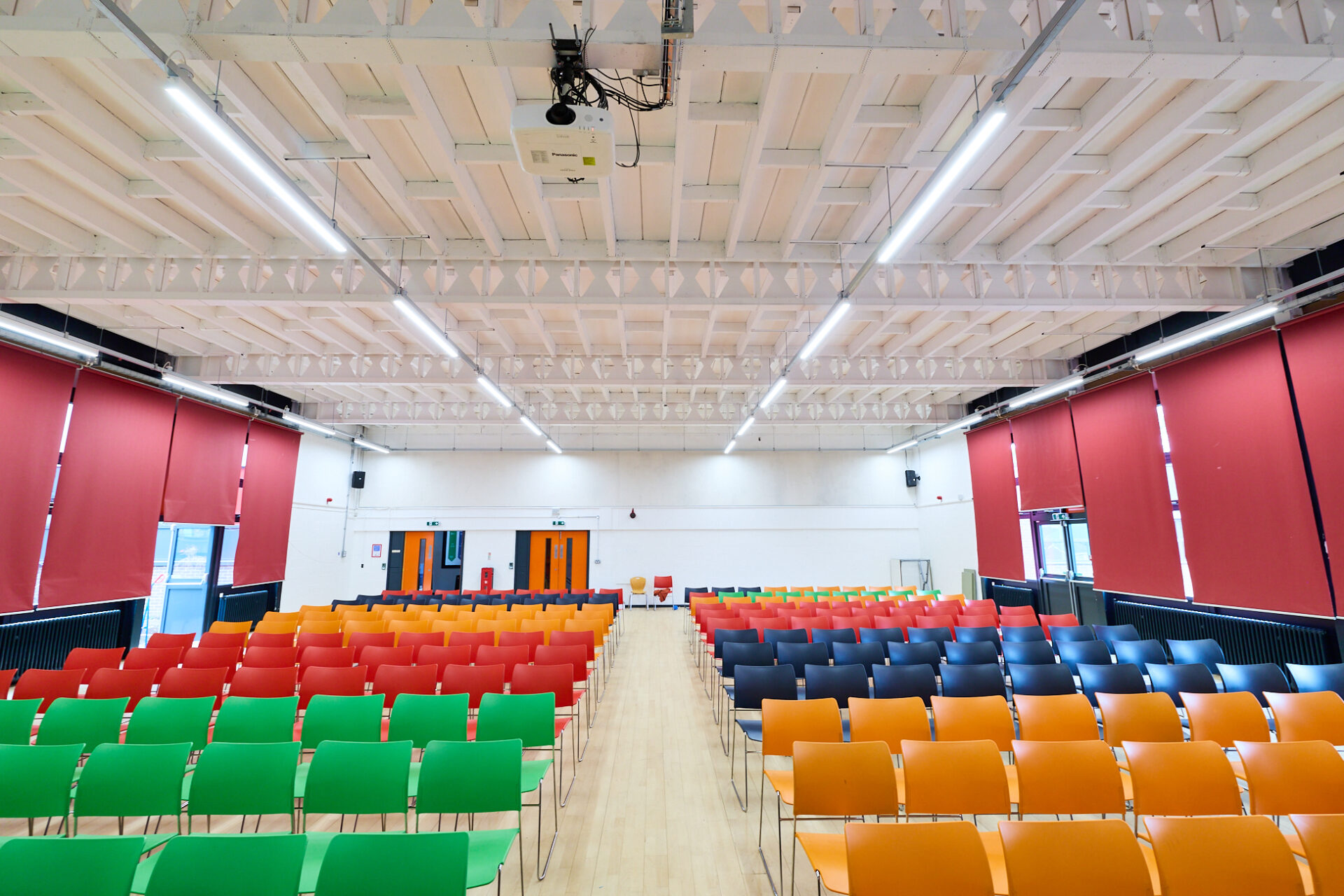“Schools roofs are crumbling…
I am providing £6.7bn of capital investment to the Department for Education next year…
That includes £1.4bn to rebuild over 500 schools in the greatest need.”
Those were words spoken by Chancellor, Rachel Reeves in the 2024 Autumn Budget. At the time, it was a critical step towards ensuring the safety of students, teachers and communities across the country. Twelve months on, attention is turning to what progress has been made, and what comes next?
What’s it all about?
Reinforced autoclaved aerated concrete (RAAC) came into sharp focus in 2023, due to emergency closures of several school buildings. This lightweight form of concrete, widely used in construction from 1950 to 1990, was popular due to it being quick and cost-effective.
The problem? RAAC panels were never intended to last beyond their original 30-year lifespan. Weakening over time, they can be prone to sudden failure without obvious warning signs. And it’s not just schools at risk. RAAC has also been identified in many other public buildings, including hospitals, leisure centres and police stations, raising wider safety concerns.
Progress so far
Since the 2024 Budget announcement:
- RAAC has been found in more than 200 schools and colleges in England, with many more buildings under investigation.
- Over a hundred sites have received urgent remediation, ensuring buildings are safe in the short term, while planning and procurement for longer-term rebuilding projects progress.
- More than 40 hospitals have been confirmed to have RAAC, and seven are earmarked for complete rebuilding by 2030.
- Local councils are conducting surveys of civic centres, libraries, and leisure facilities, widening the scope of the challenge.
But while some schools have seen swift action, with temporary classrooms installed and contractors mobilised, others remain in limbo. While the scale of the challenge is now clearer, the logistics of delivering solutions at pace are proving to be a major obstacle.
Removal or reinforcement?
Addressing the RAAC issue comes down to complete removal of the material or reinforcement.
- Removal involves taking out RAAC entirely and replacing it with modern, durable materials.
- Reinforcement involves strengthening existing RAAC structures to extend their safe lifespan. This could include adding steel supports or applying protective coating.
The balance between removal and reinforcement is at the heart of government and local authority decision-making. Each school presents a different set of challenges — age, design, and level of deterioration — so solutions must be tailored. The question is not only about cost, but about safety, disruption, and the speed at which safe learning environments can be secured.
Solutions in action
“At Willmott Dixon Interiors, we have been working with the Department for Education (DfE) to turn policy into delivery. Our recent project at Hodge Hill College in Birmingham is a prime example of how complex RAAC remediation can be achieved in a live school environment with minimal disruption to teaching and learning.” — Adam Worrall, deputy managing director at Willmott Dixon Interiors
Through a £1.6m, 14-week programme, we:
- Installed a bespoke timber lattice support system beneath RAAC roof planks, creating a safe structure from which new ceilings and services could be suspended.
- Delivered full ceiling replacement in the kitchen and critical M&E upgrades, including fire alarms and pipework.
- Installed new fire safety systems, partitions and doorsets, ensuring compliance with modern safety standards.
This approach provided peace of mind for the school community, safeguarded the building’s integrity, and demonstrated the speed and technical expertise required to address RAAC effectively.
Why Willmott Dixon Interiors?
As a national fit-out and refurbishment company,
- We can remove RAAC entirely or reinforce existing structures, depending on the most effective and sustainable solution for the project at hand.
- We have proven experience in delivering complex works in occupied education environments, minimising disruption to students and staff.
We’re also committed to delivering projects that support the UK’s journey to net zero. As a founding member of ConcreteZero*, we are actively contributing to the drive for sustainable construction materials. This means we ensure that our projects not only meet today’s sustainability standards but also contribute to a low-carbon future.
*ConcreteZero is a UK-wide initiative that brings together leading construction companies with the shared ambition of achieving 100% net zero concrete by 2050. Through collaboration, knowledge sharing, and innovation, the group works to reduce the carbon footprint of concrete production, promote low-carbon alternatives, and encourage best practice across the industry.

What comes next?
Looking ahead, consideration over removal versus reinforcement will continue. For some schools, rebuilding will be the best course of action. For others, it could be reinforcement.
What is clear, however, is that the challenge is to deliver permanent solutions quickly. So, as we approach this year’s Autumn Budget, the focus now is not simply whether further investment is needed, but how to efficiently and effectively use that investment to provide safe, practical outcomes.